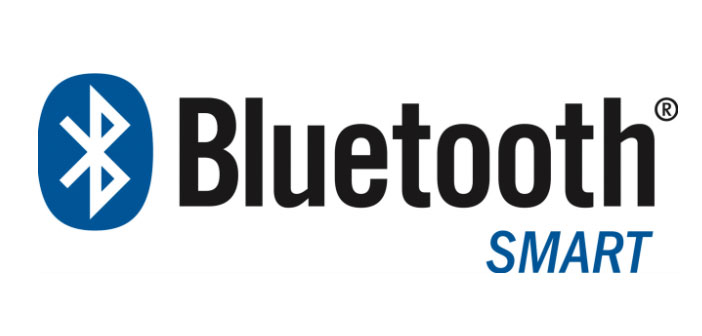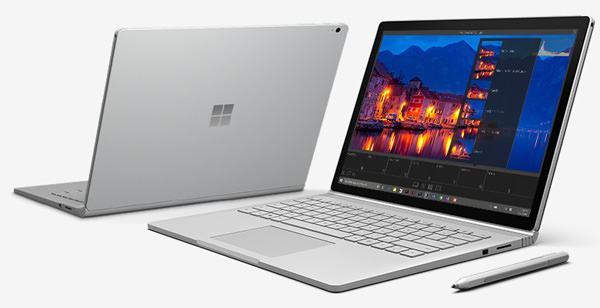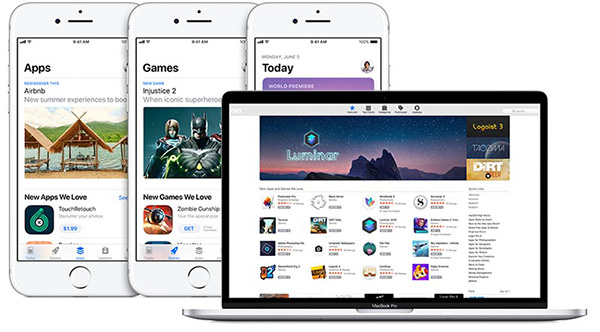Bluetooth protocol vulnerabilities: Apple and Microsoft devices involved
A serious vulnerability has been discovered in the Bluetooth protocol that would allow a malicious actor to track a device by recognizing it even before pairing.
A security flaw in the Bluetooth protocol could allow an attacker to track and identify Apple and Microosft devices. This is revealed by ZDNet, which cites a new research by Boston University according to which Apple devices (Mac, iPhone, iPad and even Apple Watch) and Microsoft (tablets and notebooks of the Surface family) are vulnerable to exploitation. Android devices are not vulnerable.
As underlined by the document accompanying the investigation, Bluetooth devices use public channels to declare their presence to other compatible devices. To prevent traceability, most devices spread a random address that changes periodically, and not the unique MAC (Media Access Control). Researchers have discovered that it is possible to extract identification tokens that allow the recognition of the device by exploiting a defined ” address-carryover ” algorithm.
The algorithm presented in the documents ” takes advantage of the fact that the identification tokens and the random address do not change in sync, a way to continuously track a device despite the anonymisation measures being implemented “.
Furthermore, the algorithm does not need to violate the security of the Bluetooth protocol to be effective, relying entirely on ” public traffic and not protected by encryption “. The tracking method explained in the document gives the possibility to a malicious actor to execute an attack that allows a ” permanent and not continuous ” tracking, while on iOS it could even offer access to the user’s activities.
Android devices use another system for declaring their presence, which is not vulnerable to the exploit disclosed these days. It is not yet clear whether the described method has already been used for malevolent purposes, and in any case, it would be an attack difficult to detect by the victim.
In the document, we read several methods that allow us to mitigate the problem, but it will be up to Apple and Microsoft to implement the fixes via software in the operating systems. The arrival of a fix from both sides is expected in the near future.



